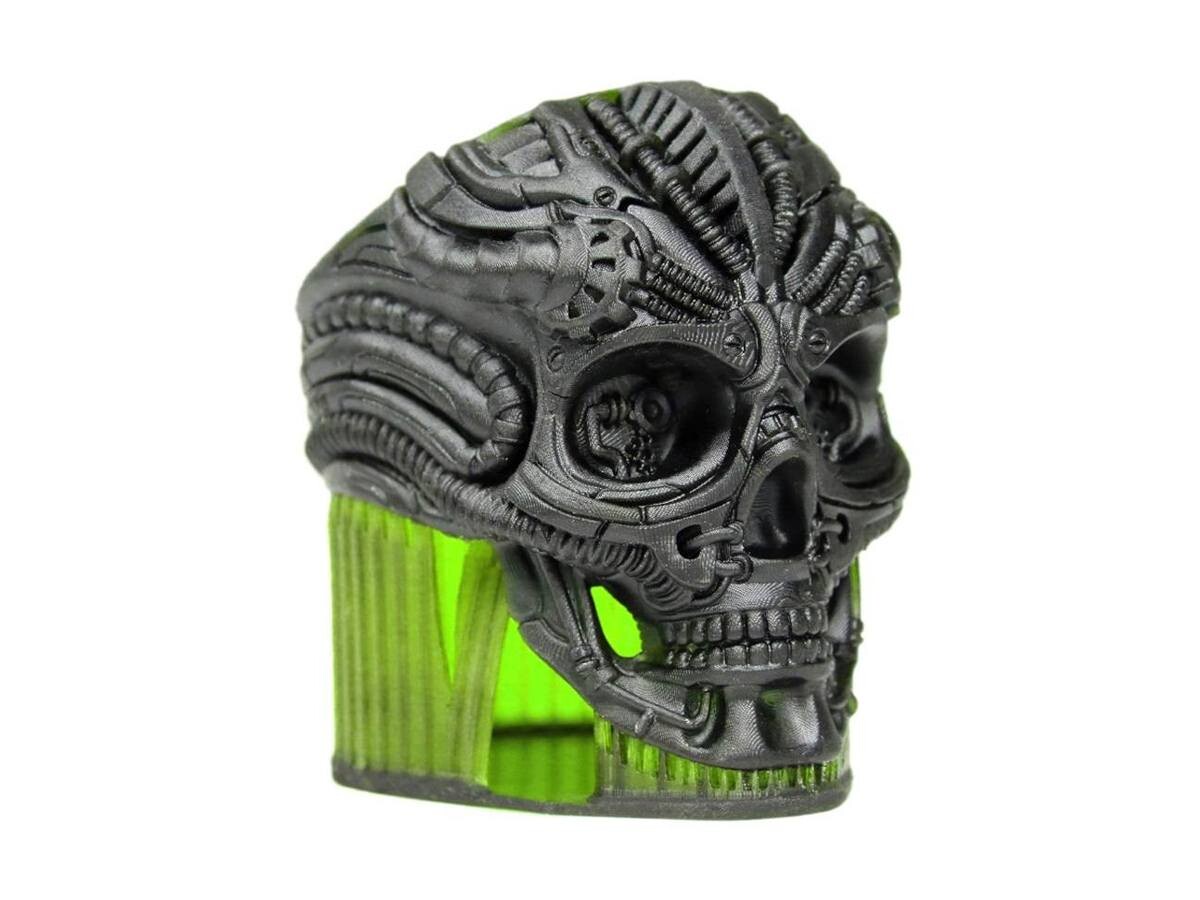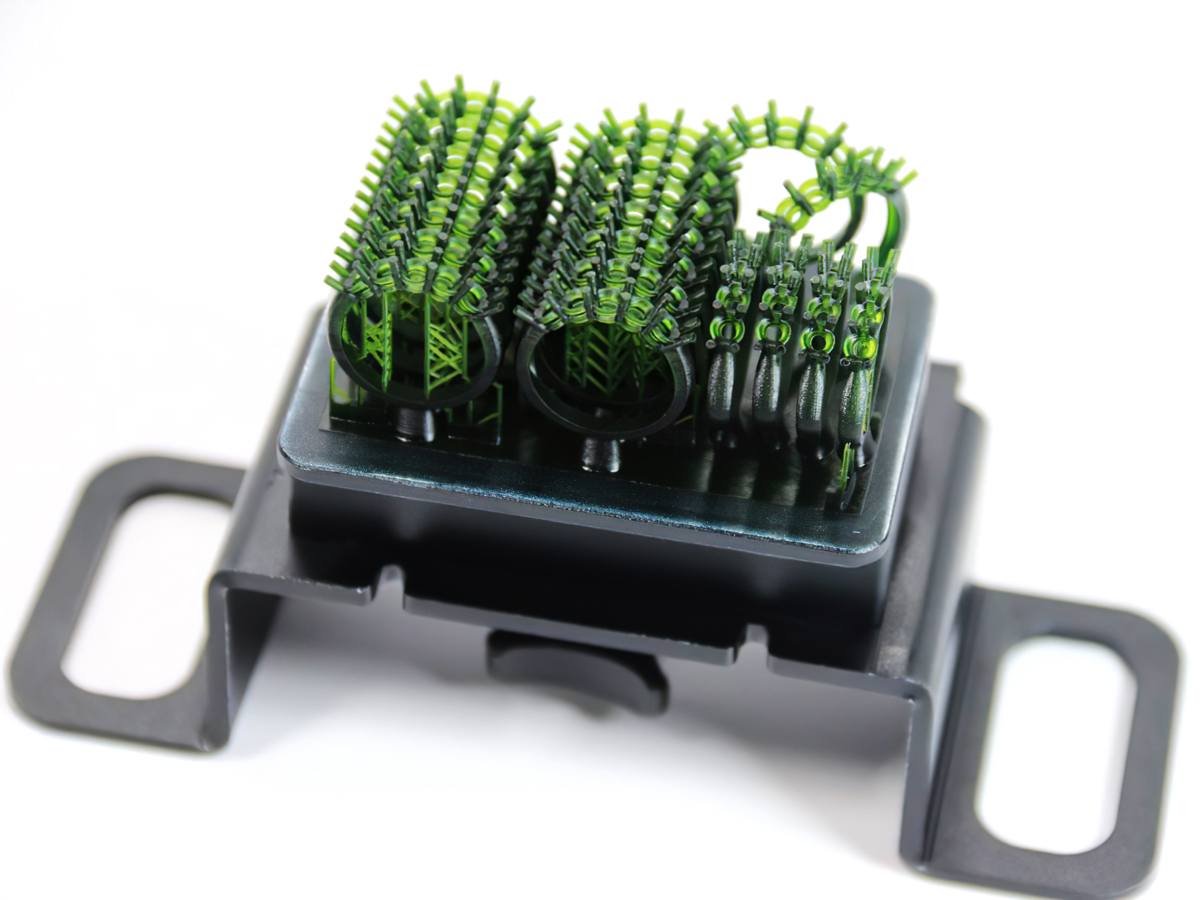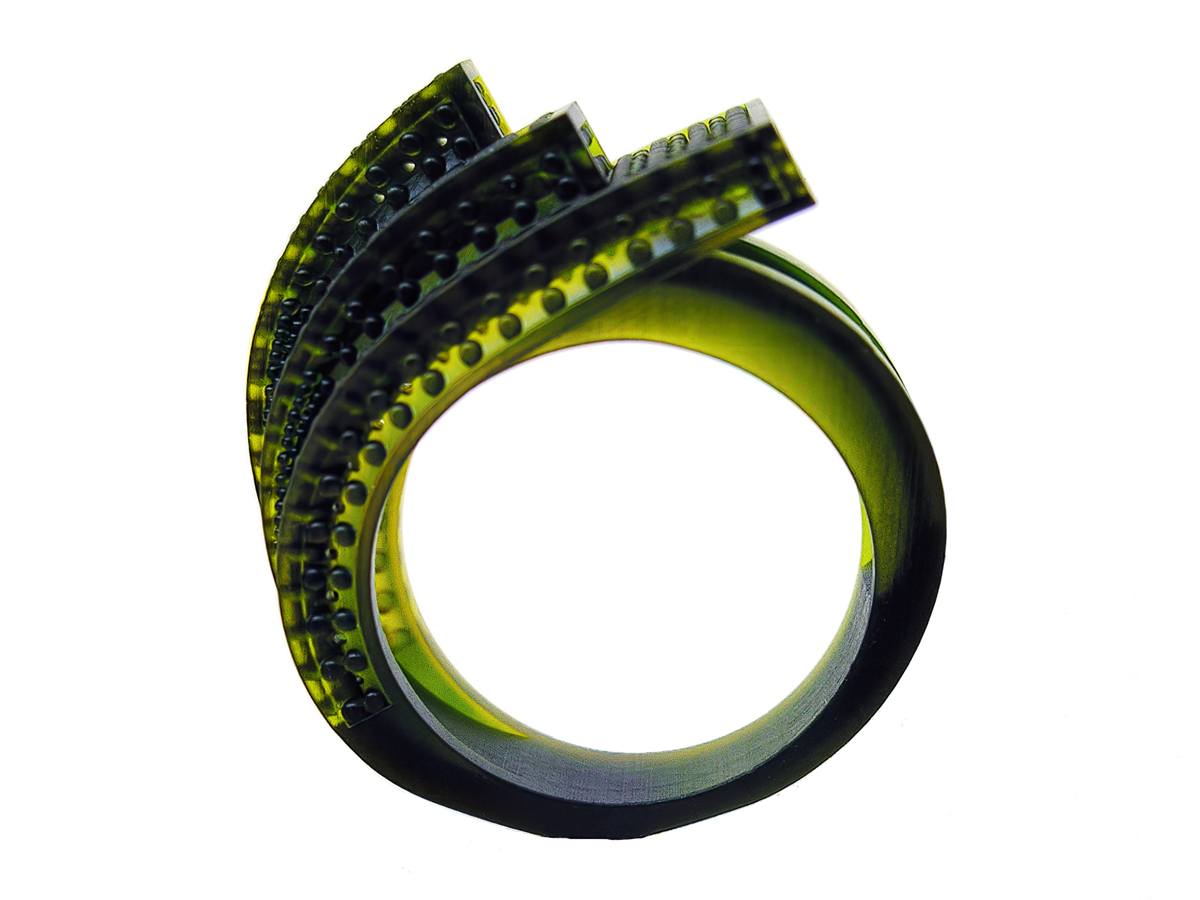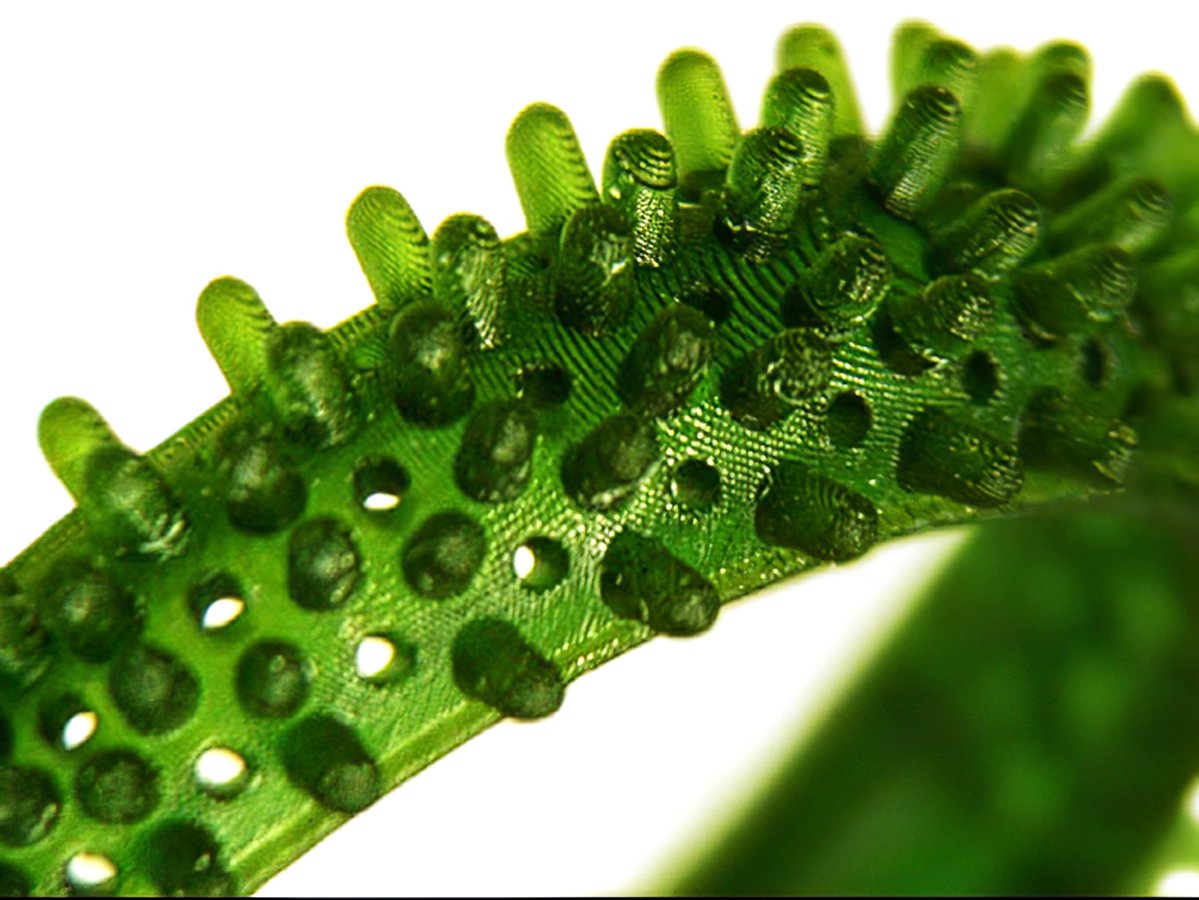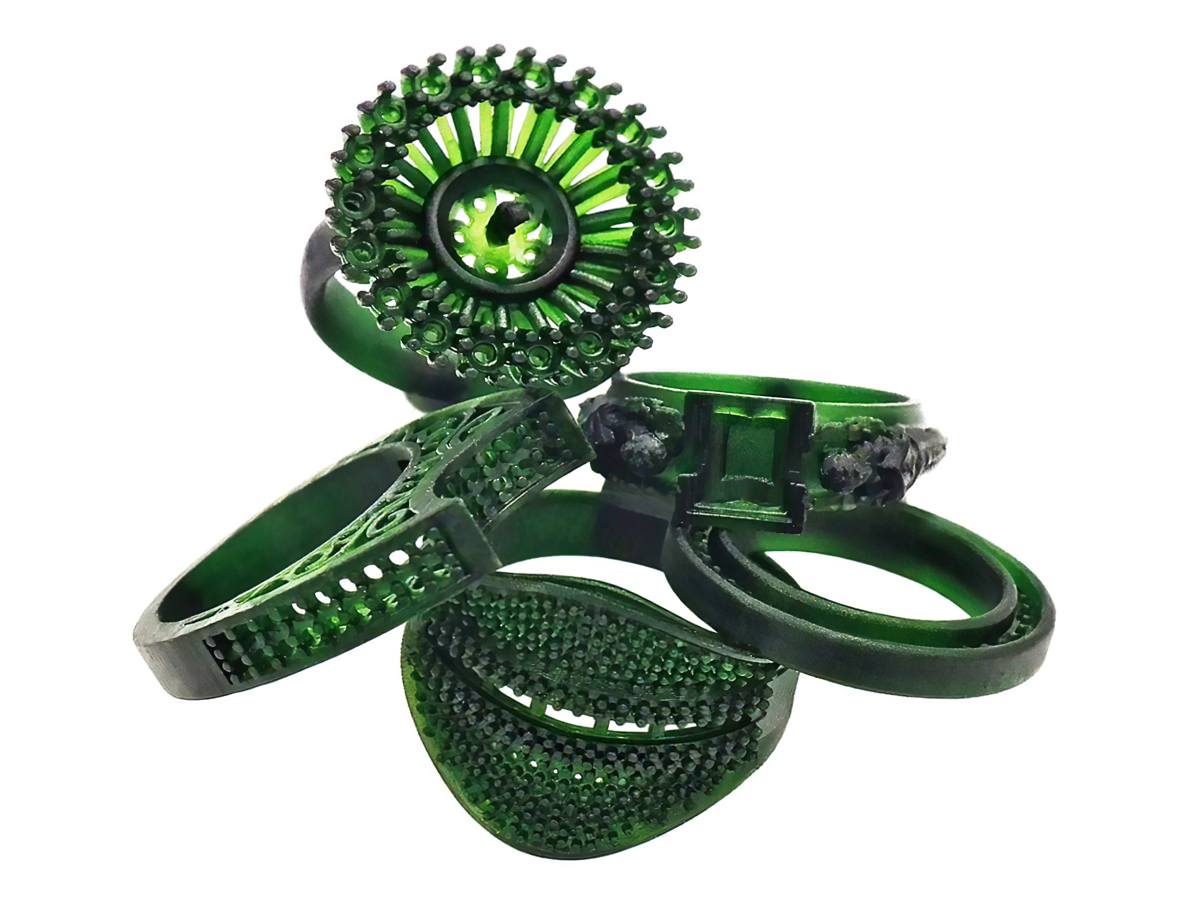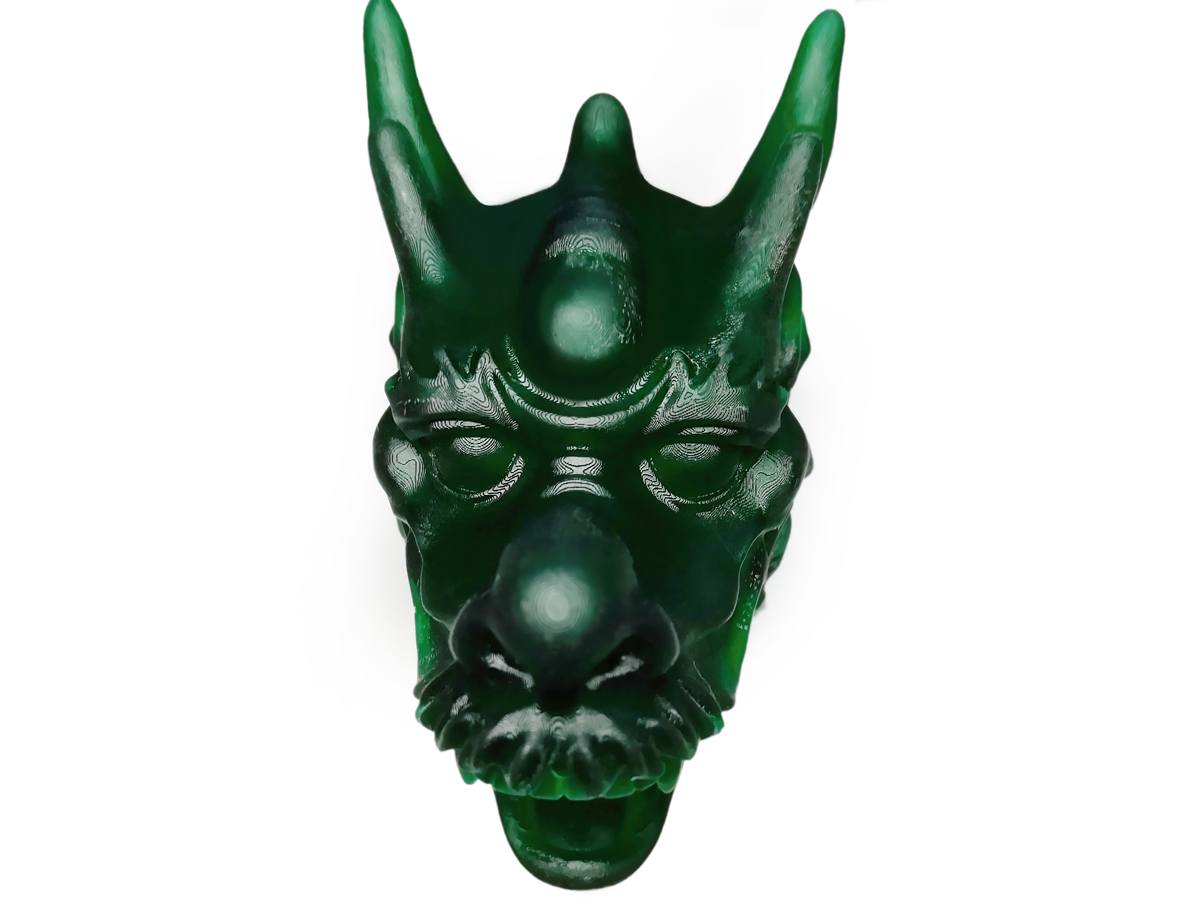DLP Castable ResinEnvisiontec EPIC EPIC is an Exceptional Plastic Investment Casting material. Containing 8% liquid wax, EPIC delivers results similar to EnvisionTECŌĆÖs wax-free PIC material: stiff and crisp details with outstanding surface finish. Max Build Size Min Build Size 2 x 2 x 2 mm Default Layer Height 0.05 mm Optional Layer Heights 0.025, 0.05 mm Tolerance ┬▒0.1% (with a lower limit of ┬▒0.1 mm) Up to 45 Ōäā Smooth ŌśģŌśģŌśģŌśģ Detail ŌśģŌśģŌśģŌśģŌśģ Accuracy ŌśģŌśģŌśģŌśģ Rigidity ŌśģŌśģŌśģ Flexibility ŌśģŌśģŌśģ Available ColorsGreen
Available Post ProcessSuitable For Fine-detail models with smooth surfaces, Not Suitable For Functional prototypes and end products, Additional InfoEPIC is an Exceptional Plastic Investment Casting material. It is highly recommended for special order retail and other jewelry customers who require flexibility between large and small pieces and have expert-level quality control in casting. A low-wax 3D printing material, containing 8% liquid wax, EPIC delivers results similar to EnvisionTECŌĆÖs wax-free PIC material: stiff and crisp details with outstanding surface finish. While PIC is recommended for delicate pieces up to 5 grams finish weight, such as jewelry pieces, the additional wax gives EPIC additional flexibility up to 12 grams of finish weight. EnvisionTEC recommends casting EPIC with Ransom & RandolphŌĆÖs PlastiCast PT or other extra-high-strength investments.
Feature
3D PrinterMaterial Spec Sheet
Stereolithography is used to build your design with this material.Starting from a 3D model, a model is built by cutting it into thin layers via specialized software. A support structure is created, where needed, in order to deal with overhangs and cavities. The process takes place in a large tank and begins when a layer of liquid polymer is spread over a platform. This machine then uses a computer controlled laser to draw the first layer onto the surface of a liquid polymer, which hardens where struck by the laser. The model is then lowered and the next layer is then drawn directly on top of the previous one. This is repeated until the model is finished. In this way, layer by layer, an object is ŌĆ£drawnŌĆØ in the liquid by the beam, with the layers being consolidated throughout the process. When the object is complete, it is raised out of the tank via the supporting platform ŌĆō much like a submarine rising to the surface of the water ŌĆō with the excess liquid flowing away. The supports are removed manually after the model is taken from the machine.
|
